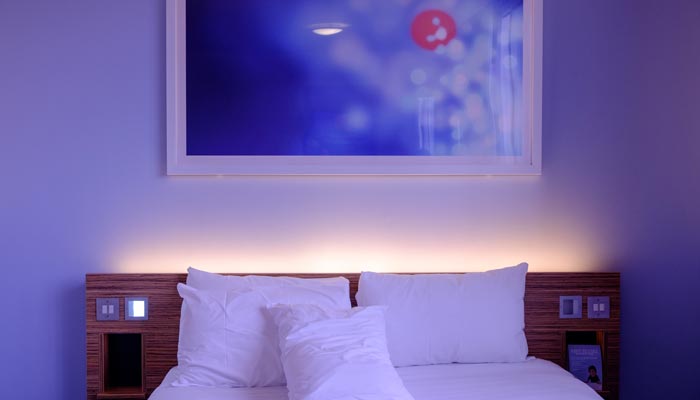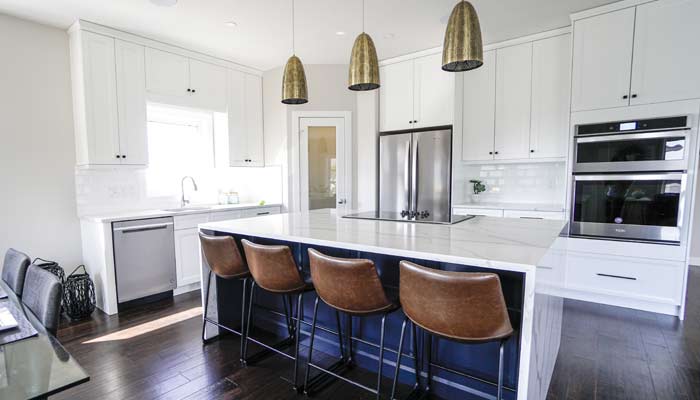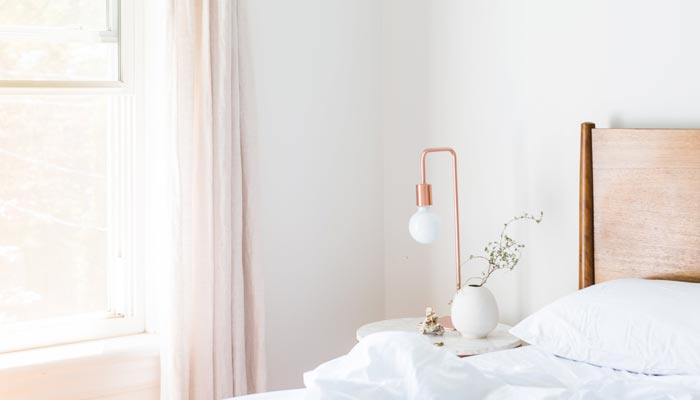Multi-level lighting is the interior trend of the year, with the use of diverse light sources being used to create the most efficient use of lighting possible, to highlight your rooms best features.
The main task of lighting is purely functional, however, it’s easy to forget that the way your room is lit can change its atmosphere and style completely. Below we’ve outlined the best way to utilise multi-level lighting.

What are the main advantages of multi-level lighting?
Divide the room – With the help of several well-placed lamps, you can divide a room into several functional zones, for example, a dining area and a cosy reading area.
Eliminate problem areas – Light illusions alone will allow you to expand the room and deflect away from problem areas such as uneven wall surfaces, or dark corners.
Dressing and accenting – lighting helps to create the desired atmosphere to match the design and purpose of the room, for example, a room that should be relaxing and bring a sense of comfort may have a low level of lighting, whereas a space like an office, would more often than not feature bright and functional lights.

1. Use four lighting groups
All experts will tell you to use the four main groups of lighting when working towards a multi-level approach. These include:
Overhead lighting: The main purpose of overhead lighting is to light up the room and ensure that it is actually functional. This is particularly important if you have young children or guests over!
Medium-light: The perfect way to highlight interior areas, medium-light provides a good amount of illumination, as well as the ability to look decorative and fit with your interiors design.
Low light: Manipulate the mood with low lighting. Lamps placed below eye level used to illuminate stairs or floor lighting between rooms are all simple and effective ways to create a multilevel approach.
Inner light: Display your most prized possessions, ornaments and family heirlooms, or make a feature of your dressing table and decorative interior items with inner lighting such as spotlights or strip lighting.

2. Pick the perfect lights
Choosing the most appropriate lighting for the space is perhaps the most important part of lighting your home. For example, chandeliers are best suited for overhead lighting, whereas wall lights are best places in areas with focal points such as wall art or photo frames.
When choosing medium lighting, think floor lamps, low suspension lamps and soft LED lighting. For the low lighting, opt for table lamps or lamps on nightstands. Finally, for inner lighting, choose LED strip lighting to highlight specific details.

3. Purpose first approach
The type of lighting depends on its purpose. If light needs to be diffused to illuminate the room, opt for upper lighting directed at walls or the ceiling for maximum impact. Medium lighting is best used to accentuate certain areas of the home, such as armchairs, to create a cosy reading space.
4. Choose the light of one colour temperature
It’s important to decide what type of lighting ‘temperature’ you want to use, as this should be consistent across all of the lightings in your home. Cooler colours typically lend themselves to more modern interiors, whereas warmer bulbs work well with both modern and traditional interiors and many associate the golden hue of warmer bulbs with a feeling of cosiness. It is also important to consider the colour scheme of your interior, typically cooler colours work best with lighter interiors, and vice versa.

5. Consider the purpose of the room when choosing its lighting
As far as general or overhead lighting is concerned, the features of the room should be considered before making decisions. For example, in a living room, several levels of light could be used depending on what the room is being used for, but in the kitchen, it’s important to spend time carefully placing lighting to ensure your kitchen works for both cooking and hosting. Low hanging pendant lights are commonly found above dining areas in the kitchen, whilst built-in spotlights and fluorescent lamps are more commonly found around the workspaces and cooking areas.
Whatever approach you take to lighting your home, the great thing about lighting is it can so easily be switched up and interchanged whenever you feel.




